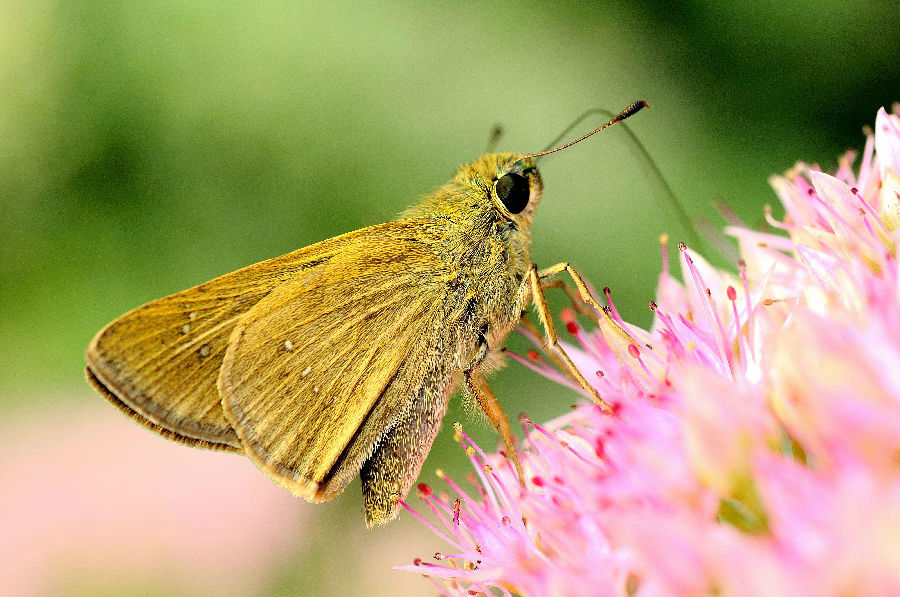This is Scientific American — 60-Second Science. I'm Jason G. Goldman.
Got a minute?
Meet the wood tiger moth. Its bright yellow, red, or orange scales send a warning to potential predators.
"These wonderful conspicuous colors tend to be connected, or linked, to some sort of chemical defense. So when we see the reaction of the birds to them, then we got interested in studying in more detail the chemical defenses per se."
Biologist Bibiana Rojas from Finland's University of Jyväskylä.
Animals that pair visual warnings with other defenses are called aposematic. If a hungry predator were to try chowing down on this moth, it would find a mouthful of nasty-tasting, possibly even toxic, bug parts.
Rojas and her team found that the wood tiger moth secretes nasty fluids from glands on its neck and from its abdomen. At first glance, this seems like a fairly routine sort of defensive strategy. After all, nature is full of redundant processes.

But the researchers discovered that the wood tiger moth is the first species known in which the different fluids from the different parts of the moths' body each target a different type of predator.
The fluids from the moth's abdomen deter ants, but are completely useless against birds. Meanwhile, the neck fluids are unpalatable to birds, but don't bother ants. In fact, the ants actually preferred this fluid to sugar water. The finding is in the Proceedings of the Royal Society: B.
So we now have the first example of an animals having multiple, independent chemical defenses. But is it truly unique?
"We think that this just opens the possibility that there are more species that have this, we just need to get the evidence for that."
Which means looking beyond just...looking.
"We, as humans, are very visual. Everything that excites us comes mostly by our eyes. We want to highlight with this study that there is a whole world of chemical stimuli that we perhaps have been overlooking just because we can not detect and we can not perceive the way that other animals do."
Thanks for the minute for Scientific American — 60-Second Science. I'm Jason G. Goldman.











